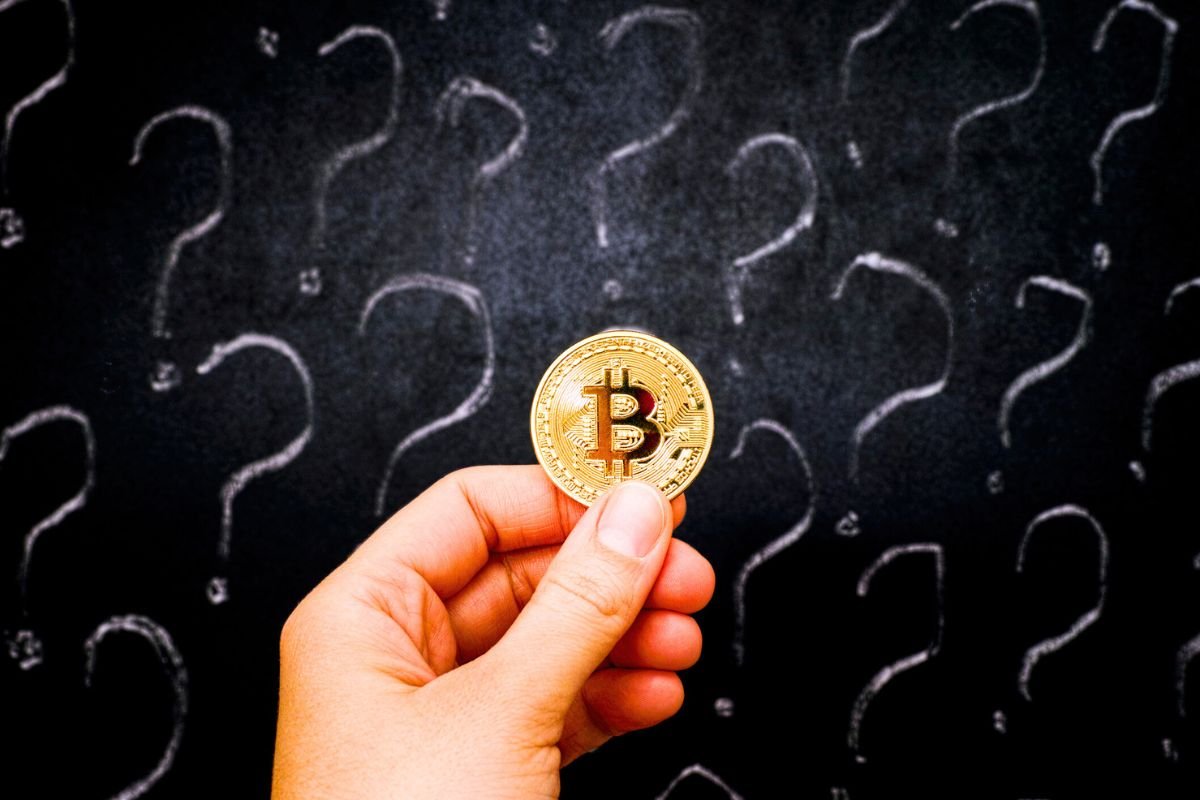
What happened when he spent $2.9 million on a tweet
- Why Happiness Is the Real Currency—Better Than Any Crypto Investment - November 11, 2025
- How to start investing in cryptocurrency the smart way - September 1, 2025
- The 5 mistakes to avoid if you want to invest in crypto safely - August 31, 2025
When the NFT craze reached fever pitch in 2021, one entrepreneur paid a staggering sum for a slice of internet history—and discovered the hard way that hype doesn’t always translate into lasting value.
The Big Gamble on a Digital Relic
At the height of the COVID-19 pandemic, NFTs (non-fungible tokens) were the hottest ticket in the crypto world. In March 2021, Sina Estavi stunned observers by spending $2.9 million on the very first tweet ever sent—“just setting up my twttr”—minted as an NFT on the blockchain. That works out at roughly $120,000 per character, a bold wager on the belief that digital memorabilia would forever appreciate. As Christie’s noted in their NFT market analysis, early adopters saw prestige in owning unique internet artefacts, and prices soared accordingly.
The Market Comes Crashing Down
But enthusiasm proved volatile. Within a year, many NFT projects faltered under the weight of over-speculation and waning investor trust. Estavi attempted to flip his prized NFT for $48 million, even pledging half his profits to charity to sweeten the deal. Instead, the auction closed with just seven bids—the top offer a meagre $280. By 2025, secondary marketplaces like OpenSea listed the token for around $3,000, a dramatic drop reflecting the broader NFT speculation bubble bursting. One crypto trader told me, “It felt like buying a museum piece—I never expected the market to vanish overnight.”
Lessons from a Speculative Bubble
This tale illustrates the risks of chasing short-term trends in digital assets. While some NFTs, such as the Bored Ape Yacht Club collection, maintain a dedicated following, most have failed to sustain their initial valuations. The crash serves as a cautionary example: true value may lie in utility and community backing, not simply in owning a digital token linked to pop culture moments. As the cryptocurrency sector matures, investors and collectors alike are learning to balance excitement with diligence—lest they find their multi-million-dollar bets reduced to inexpensive curiosity pieces.
You may also like
Calendar
| M | T | W | T | F | S | S |
|---|---|---|---|---|---|---|
| 1 | 2 | 3 | 4 | 5 | 6 | 7 |
| 8 | 9 | 10 | 11 | 12 | 13 | 14 |
| 15 | 16 | 17 | 18 | 19 | 20 | 21 |
| 22 | 23 | 24 | 25 | 26 | 27 | 28 |
| 29 | 30 | 31 | ||||


